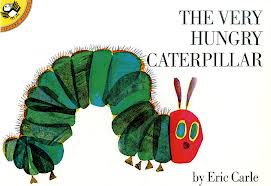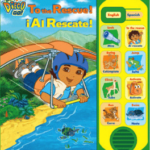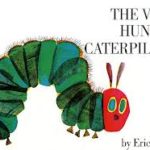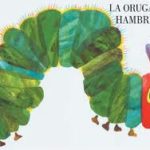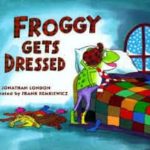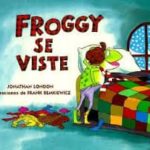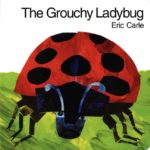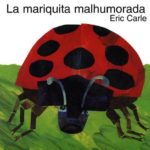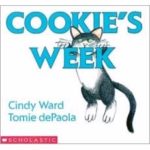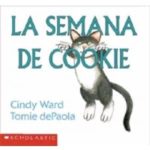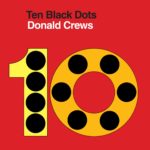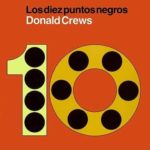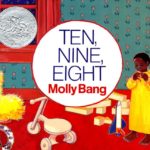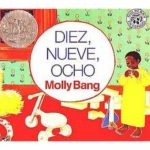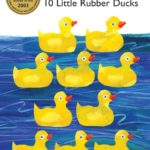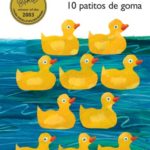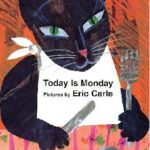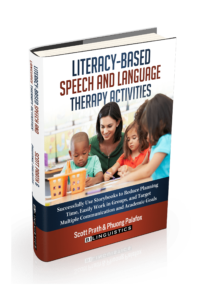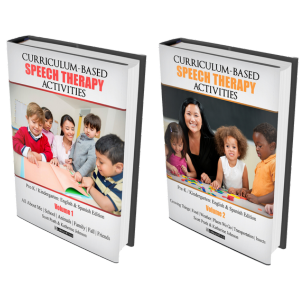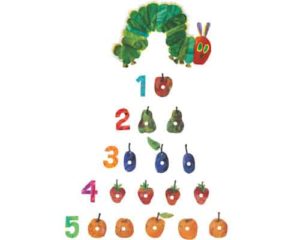
They’re pretty, and the kids seem to like them. But have they truly made a difference in the classroom? Have they truly served the purpose of teaching sequencing activities in speech therapy?
That’s what I want to think about today: What is sequencing in speech therapy? What are the best speech therapy sequencing tasks? And some provocative questions like: Should we even be using speech therapy sequencing pictures?
Because if we can answer these questions, we have regained one of the most powerful tools for teaching robust narratives and moving children off our caseloads. If we don’t, our students’ narrative development remain incomplete.
What is Sequencing in Speech Therapy?
Sequencing at its basic core is putting events from a story in order. However, if we don’t travel past this minimalist definition we miss out on the true
- Sequencing is the glue that holds a story together.
- Sequencing is the intrigue that keeps us wanting to know what’s going to happen.
- Sequencing causes the guffaw and laughter of a funny story because the story-teller arranged things in an unexpected way.
- Sequencing honors cultural variations in story-telling by giving us the “what” in a surprising order.
- Sequencing gives a child a structure to learn how to tell appreciated stories.
This last point is the most important to those of us working in special education. If we can teach a child how to organize a story with all the required parts, they can tell almost any story.
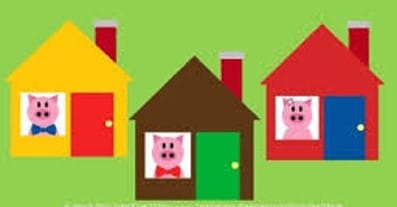
As an example, yes we want a child to be able to re-tell The Three Little Pigs. But if we stopped there we missed the point. What we REALLY want is that the child learns how to initiate a story with a problem FIRST. THEN try to solve it. AFTER, if it isn’t solved, keep working on it. And at the END summarize the overall experience.
So the goal of sequencing activities in speech therapy is pretty simple: generalization
What are the best sequencing activities for speech therapy?
Early on in my career I used speech therapy sequencing pictures and didn’t think too deeply about sequencing much at all. Here’s the problem though:
I would have a child with sequencing speech therapy goals. They would correctly order speech therapy sequencing pictures without a problem. Then they would utterly fail at putting a story together.
If you are thinking that my therapy wasn’t aligned with the desired outcome, you were spot on.
Then I made a shift.
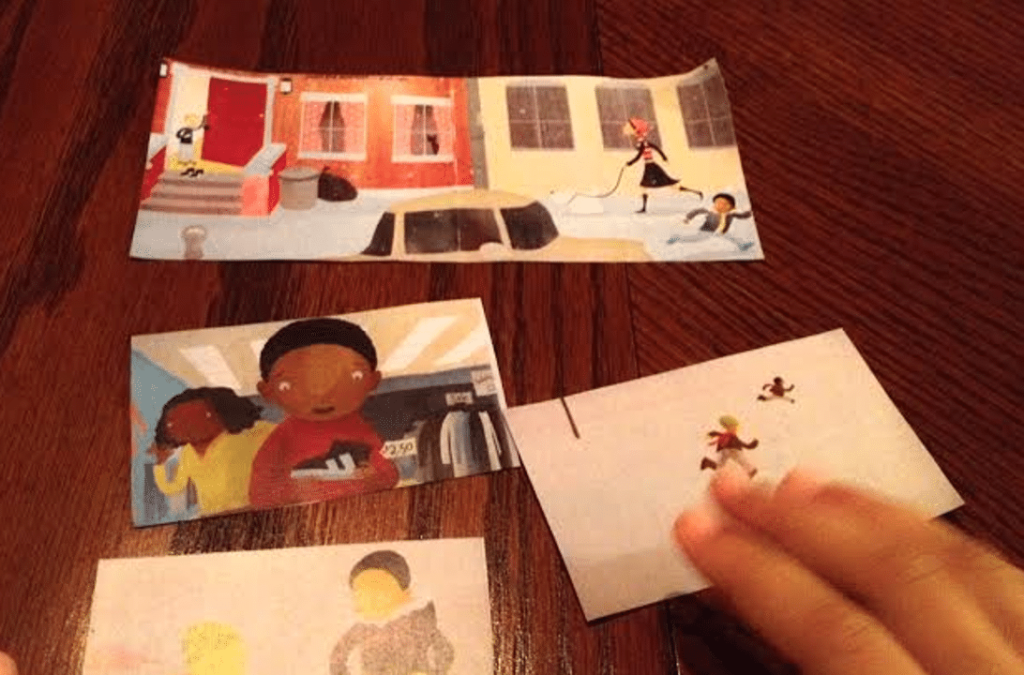
I stopped teaching sequencing outside of the story. I only used the pictures from the story. I chose different types of stories that showcased different styles of sequences.
Storybooks are great for sequencing because:
They use sequences that most children have been exposed to, which helps comprehension of the story by tying story events into their own prior knowledge.
They provide a context for working on functional vocabulary/skills if the child has not yet learned those sequences (such as days of the week).
You can easily include the scaffolding strategy of cloze procedure (the therapist begins the phrase and the child fills in the gap. Example: Therapist, “ Monday, Tuesday, Wednesday….” Child, “Thursday”).
The rote and automatic production of many of these sequences is great for individuals with fluency disorders and word retrieval difficulties.
Familiar sequences provide many carryover opportunities far beyond the speech therapy room, into daily life and the classroom.
 How to use Stories as Sequencing Activities in Speech Therapy
How to use Stories as Sequencing Activities in Speech Therapy
As an example, here is one of our favorite Familiar Sequence stories, and how we like to use it in therapy to target a variety of goals:
The Hungry Caterpillar/La Oruga Hambrienta
By Eric Carle
|
Goal: |
English |
Spanish |
|
Articulation | /s/, /k/, /d/, final consonants | /s/, /k/ and /g/, /r/ blends, multisyllabic words, final consonants |
|
Syntax | Past tense structure – Singular vs. plural | |
|
Conjunctions | Compound sentences conjoined with “but/pero,” “still/aún.” | |
|
Semantics | Days of the week, food vocabulary, descriptive terms (colors, number) | |
|
Sequencing | Caterpillar/butterfly life cycle, days of the week, counting | |
|
Wh- questions | What, who, where, when, why |
Stories also enable us to make sequencing speech therapy goals around predictions. The child can “guess” what is going to happen next because the story follows a structure that is familiar to them. This helps keep them excited and engaged because they have background knowledge that can help them to participate even more!
Using Songs for Sequencing Activities
We like to use song and chants with Familiar Sequence stories. There are many songs that go along with most familiar sequences (e.g. days of the week, months of the year, counting, alphabet, etc). Songs are a great pre-reading activity to use before reading these types of books to help get children into the mindset of that specific sequence.
Here are some songs we love that go great with The Hungry Caterpillar, to teach the familiar sequences of the days of the week and numbers as well as telling the story:
- Days of the Week/Dias de la Semana by Dr. Jean
- Today Is Sunday/Hoy Es Domingo by Dr. Jean
- Months of the Year/Meses del año by Dr. Jean
- Five Little Monkeys/ Cinco Monos Pequeños by Dr. Jean
- All Dr. Jean songs from the ¡Olé, Olé, Olé!
The following songs can be found in iTunes:
- Cinco Patitos by Jose Luis Orozco
- 5 Little Ducks by The Learning Station
- Cinco Elefantes by Stanley A. Lucero
- Days of the Week by Twin Sisters
- Los Dias de la Semana by Jorge Anaya and Whistlefritz
- Hungry Caterpillar by The Learning Station
Great Books Address Your Speech Therapy Sequencing Goal
Here you will also find a list of some of our other favorite Familiar Sequence Stories. Some can only be found in English at this time, but are books that we commonly translate into Spanish and have basic enough vocabulary that it is easy to do on the fly. We have also included direct links to purchase your favorites through Amazon. We would love to hear from you on how YOU use these books in therapy!
Great Sequencing Goals for Speech Therapy
These are our favorite tired-and-true speech therapy goals for sequencing. Slap: in 7/10 opportunities with min/mod/max support on the end and you are good to go. Find more great goals here: Speech Therapy Goals
- Will sequence a story or activity that includes [#] parts
Pondrá las partes de una historia o actividad en orden - Will retell a story with visual cues (e.g. sequence cards) including problem and solution.
Recontará un cuento en orden incluyendo el problema y la solución con ayuda visual - Will use descriptive language to tell stories
Usará lenguaje descriptivo para contar cuentos - Will tell a story from the past including [#] details in the right order
Contará un cuento en el tiempo pasado usando [#] detalles en el orden correcto - Will use sequence words to verbally order an event (e.g. first, next, then, after that, last).
Usará palabras temporales para ordenar eventos (primero, segundo, después, al final) - Will use appropriate descriptive words to report an event/story
Usará palabras descriptivas para reportar los eventos de un cuento - Will state a sequence of event/procedure
Expresará una secuencia de un evento o procedimiento - Will use appropriate narrative organization when relating stories
Usará una organización narrativa apropiada cuando relata cuentos


